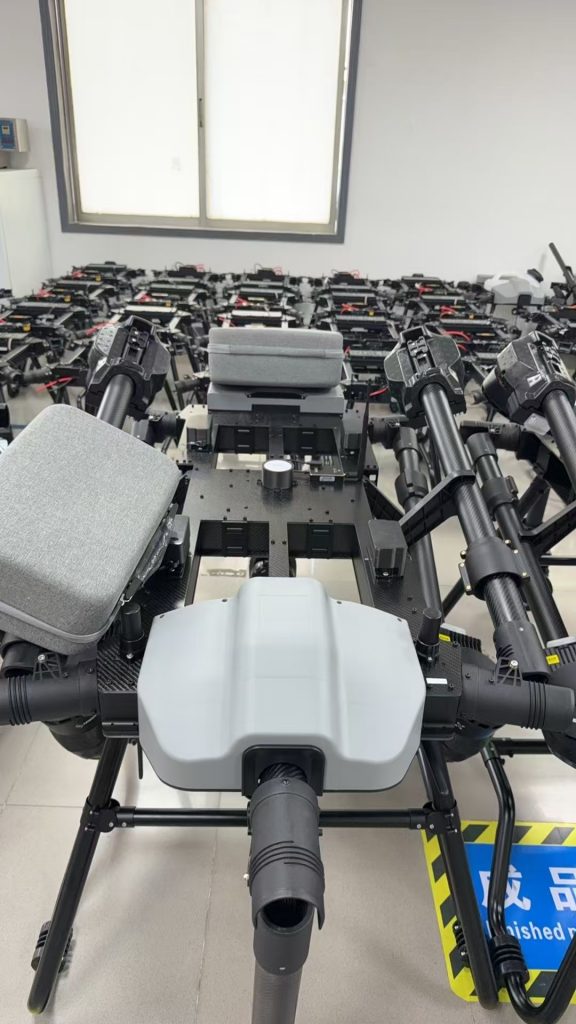
Denmark has established itself as one of Europe’s most advanced agricultural nations, combining cutting-edge technology with sustainable farming practices. From the cereal fields of Jutland to the pig farms of Funen and the dairy operations in Zealand, Danish agriculture is known for its high productivity, innovation, and commitment to environmental stewardship. However, the sector faces ongoing challenges including labor shortages, stringent environmental regulations, and the need to maximize efficiency on limited arable land. Chinese agricultural drones are emerging as a transformative solution, offering Danish farmers a precise, efficient, and sustainable tool to enhance their operations.
Danish Agriculture: Challenges and Opportunities
Danish farming is characterized by:
-
Highly Mechanized Operations: Denmark leads Europe in agricultural mechanization, but labor shortages persist, particularly for seasonal tasks.
-
Strict Environmental Standards: As part of the EU and a global leader in sustainability, Denmark enforces rigorous regulations on pesticide use, nutrient management, and carbon emissions.
-
Specialized Crop Production: The country focuses on high-value crops including cereals, rapeseed, and vegetables, as well as supporting its world-renowned livestock industry.
-
Climate Considerations: While milder than other Nordic countries, Denmark still experiences variable weather that requires precise crop management.
To maintain its position at the forefront of sustainable agriculture, Danish farmers are increasingly adopting advanced technologies—and Chinese agricultural drones are playing a key role in this evolution.
Why Chinese Drones? A Perfect Fit for Danish Farming
Chinese agricultural UAVs have rapidly gained recognition for their advanced features, affordability, and adaptability to precision farming systems. For Danish farmers, these drones offer:
1. Precision Agriculture for High-Value Crops
Danish farmers grow a variety of crops that benefit from precision application:
-
Accurate Spraying and Seeding: GPS and RTK-guided drones ensure precise input application, crucial for crops like wheat, barley, and rapeseed.
-
Multispectral Crop Monitoring: Drones equipped with advanced sensors monitor plant health, detect diseases early, and assess nutrient needs.
-
Variable Rate Technology (VRT): Enables optimized input use based on real-time field data, reducing waste and improving yields.
2. Labor Efficiency in a Tight Market
With a shrinking agricultural workforce, Danish farmers need faster, automated solutions:
-
24/7 Operation: Drones can work around the clock, reducing delays in critical tasks like pest control and planting support.
-
Rapid Coverage: A single drone can cover 10–15 hectares per hour, significantly faster than traditional methods.
-
Reduced Manual Labor: Automating repetitive tasks allows skilled workers to focus on higher-value activities.
3. Cost-Effectiveness for Danish Farms
Danish farmers are under pressure to reduce input costs while maintaining high productivity:
-
Precision Input Application: Minimizes fertilizer, pesticide, and water waste, lowering operational expenses.
-
Lower Maintenance & Downtime: Durable, electric-powered drones require less upkeep than heavy machinery.
-
Scalable for Any Farm Size: From small family farms to large commercial operations, drones adapt to diverse Danish farming needs.
4. Sustainability Aligned with Danish & EU Goals
Denmark is committed to sustainable agriculture, and drones support this vision:
-
Reduced Chemical Runoff: Targeted spraying prevents excess pesticides from entering waterways, protecting Denmark’s clean water resources.
-
Zero Emissions: Electric drones produce no direct CO₂ emissions, aligning with Denmark’s green energy ambitions.
-
Efficient Resource Use: Helps Danish farmers meet EU targets for reduced fertilizer and pesticide use.
From China to Denmark: Seamless Integration & Support
Importing Chinese agricultural drones into Denmark involves compliance with EU regulations (CE marking, RED directives) and Danish agricultural standards. Forward-thinking suppliers ensure:
-
Localized Training: Danish-language instruction for farmers and technicians on drone operation, data analysis, and maintenance.
-
After-Sales Service: Reliable support networks in key agricultural regions (e.g., Jutland, Funen, and Zealand).
-
Customized Solutions: Drones tailored for Danish specialties—arable farming, horticulture, and livestock support.
Success Stories: Danish Farmers Embrace Drone Technology
Early adopters report significant benefits:
-
A Danish wheat farmer in Jutland reduced pesticide use by 30% while improving crop health with targeted spraying.
-
A rapeseed grower in Funen cut spraying time by 50%, saving labor and protecting yields.
-
A horticulture business in Zealand used drones for real-time crop monitoring, detecting issues before they impacted production.
The Future of Danish Agriculture: A Partnership with Chinese Drone Innovation
The integration of Chinese agricultural drones into Denmark’s farming sector represents a synergy between:
✅ Danish Precision Farming Expertise
✅ Chinese Drone Engineering & Affordability
✅ Shared Commitment to Sustainability
As Danish farmers continue to innovate, Chinese drones provide a smart, scalable, and eco-friendly solution—helping them grow more with less.
The future of Danish farming is taking flight—literally. 🚁🌾
THE END

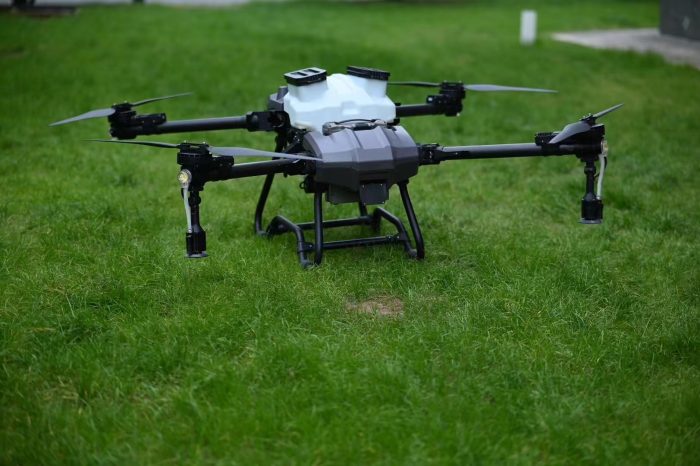
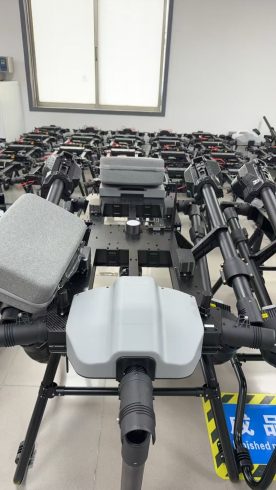
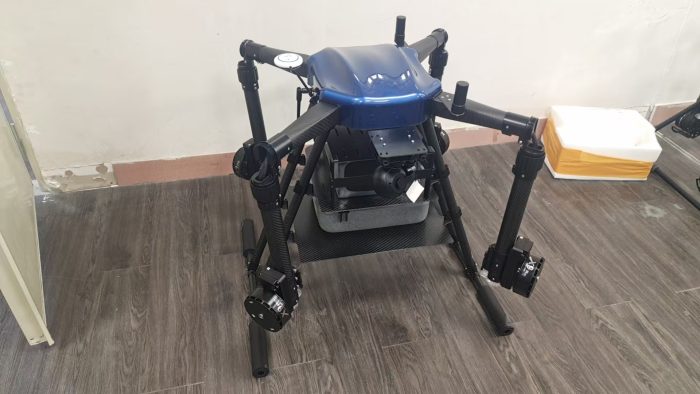
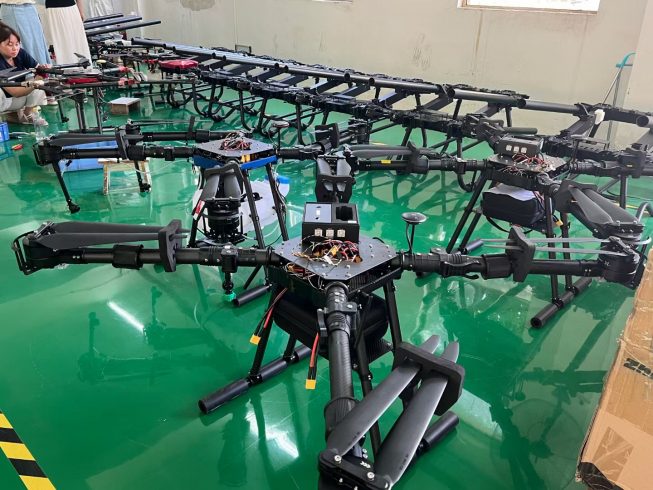
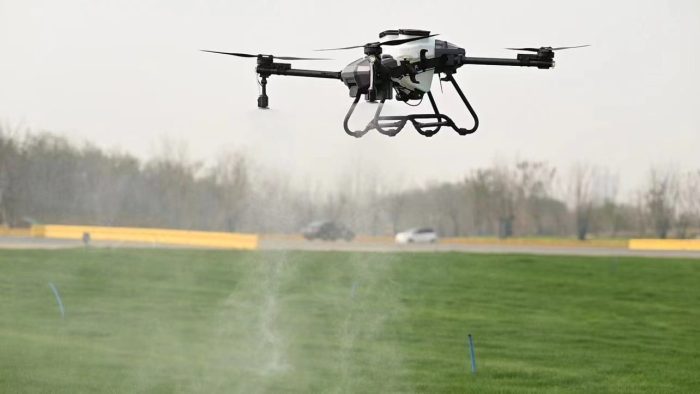
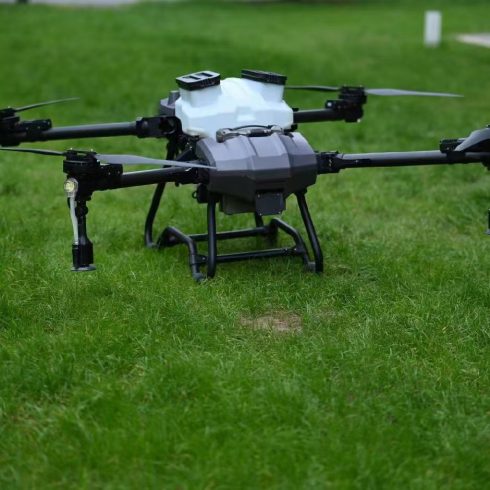
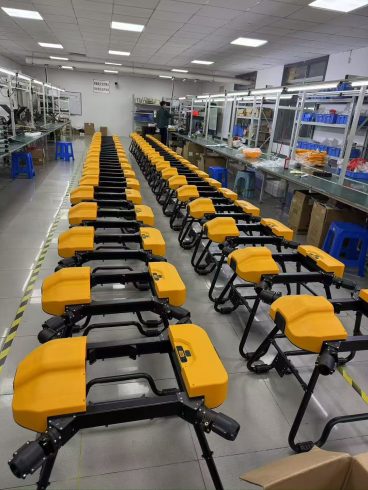



暂无评论内容